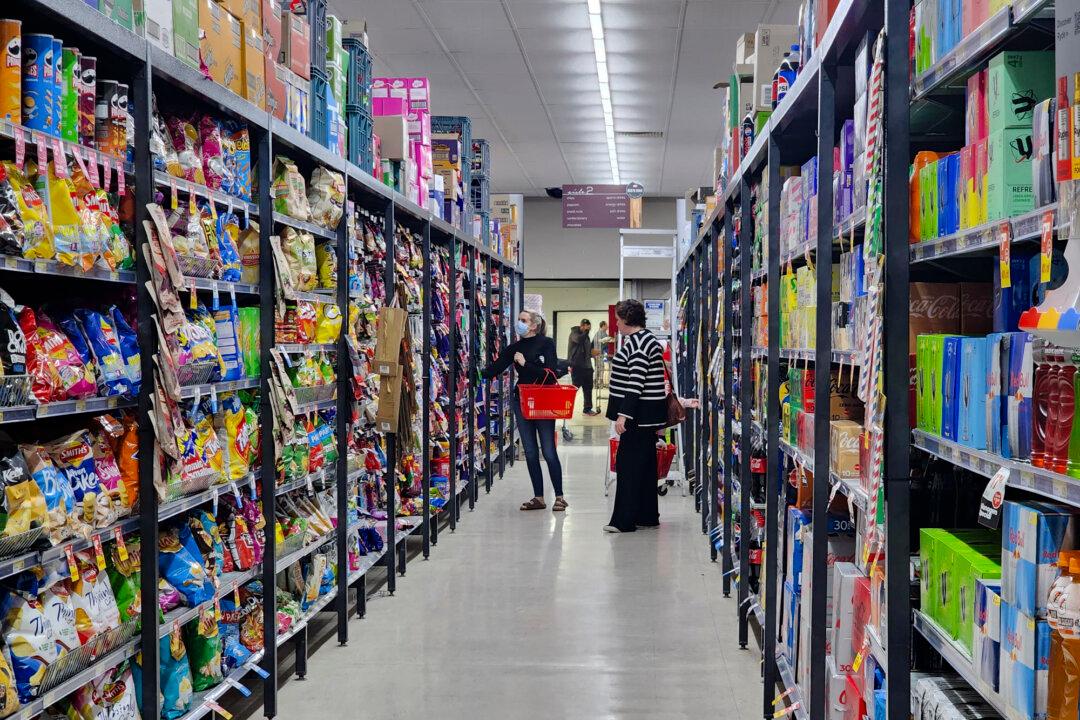Australia’s inflation rate held steady in the March quarter, bolstering hopes for a rate cut ahead of the Reserve Bank of Australia’s (RBA) next meeting on May 19.
The Australian Bureau of Statistics (ABS) reported a 0.9 percent rise in the Consumer Price Index (CPI) this quarter and a 2.4 percent annual increase, unchanged from December.
Power, Food, and School Costs Up
The CPI rise was driven largely by higher costs in housing (up 1.7 percent), education (up 5.2 percent), and food and drinks (up 1.2 percent).Electricity bills jumped 16.3 percent, especially in Brisbane, where many residents had exhausted their $1,000 state rebate. With that buffer gone, households are now bearing full costs.
Other states also saw increases, though the scale varied depending on local rebate schemes and consumption.
The federal Energy Bill Relief Fund also had a smaller impact this quarter due to the timing of payments.
Education expenses also spiked as the new school year began.
Preschool and primary fees rose 5.6 percent, while secondary school charges climbed 6.4 percent. University fees increased 3.6 percent in line with standard annual adjustments.
Food prices rose, too, particularly for fresh produce. Seasonal shortages pushed up prices for avocados, tomatoes, mangoes, lettuce, and asparagus. Overall, groceries rose 2.8 percent for the quarter.
Despite sharp price hikes in some categories, overall inflation remains steady because not all prices are rising at the same rate.
Public services inflation eased to 3.7 percent, down from 4.3 percent in December—its lowest level since June 2022.
Underlying inflation measures show a broader trend of cooling price pressures.
Chalmers Hails Progress
Before the figures were released, Treasurer Jim Chalmers had flagged 2.4 percent as a strong result.“I think any headline inflation rate today with a two in front of it is a powerful demonstration of the progress that we’ve made together as Australians on inflation,” Chalmers told ABC’s RN Breakfast.
He added, “In the most recent data, it was 2.4 percent. I think anything around there, around the middle of the Reserve Bank’s target range, would be a really powerful demonstration of that progress.”
March data reveals a mixed picture of persistent price pressures on essentials alongside easing elsewhere. It is suggesting a gradually cooling economy, but with uneven impacts on households.
With inflation holding steady at 2.4 percent, the ruling Labor party has a strong talking point heading into the May 3 election.
However, the opposition points to rising costs in housing and education as evidence that many Australians are still feeling the pinch, questioning the government’s economic management.







